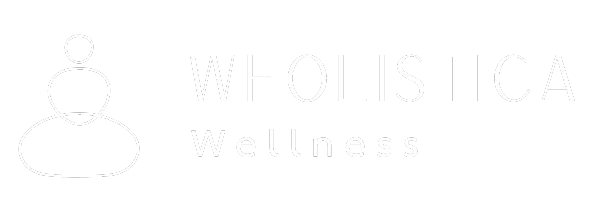OUR BLOG

Different Meditation Techniques: Finding What Works for You
Meditation has long been a tool for enhancing mental and emotional well-being. Whether you're looking to manage stress, increase focus, or connect with a sense of inner peace, meditation offers a variety of methods. Each approach comes with its own benefits and can appeal to different preferences. If you’ve been curious about trying meditation but aren’t sure which type to explore, this guide will highlight several options and their potential advantages.
Mindfulness Meditation
One of the most widely practiced forms, mindfulness meditation centers on being fully present. It involves observing thoughts and feelings without judgment, allowing them to come and go naturally. This technique helps cultivate awareness of the present moment, which can be particularly helpful for those looking to reduce anxiety or enhance emotional regulation.
Mindfulness meditation is often practiced by focusing on the breath, paying attention to each inhalation and exhalation. It can be done at any time and in any place, making it easy to incorporate into your day. If you’re someone who struggles with racing thoughts or constant distractions, mindfulness can be an effective way to slow down and cultivate calm.
Transcendental Meditation (TM)
Transcendental Meditation is a specific form of silent meditation that involves the repetition of a mantra. Practitioners are given a personal mantra, which is repeated in the mind to help focus and settle the mind. Unlike other forms of meditation, which may require an awareness of the breath or body, TM’s focus is on the mantra itself, which is said to have a calming and purifying effect on the mind.
TM is typically practiced for 20 minutes twice a day and can help reduce stress, improve concentration, and promote a deep state of relaxation. It’s ideal for those who find it hard to sit still or quiet their minds. The practice is often learned through a certified instructor, making it more structured than some other forms of meditation.
Guided Meditation
For those who may feel unsure about meditating on their own, guided meditation offers an excellent alternative. In this method, a teacher or an audio recording leads the practitioner through the process. This can include visualization exercises, body scans, or breathing techniques.
Guided meditation can be particularly helpful for beginners as it provides a clear direction and support. It’s also a great option for people looking for a more structured meditation session or those wanting to explore different types of meditation without committing to one. You can find guided meditations on various apps, YouTube channels, or even in-person classes.
Loving-Kindness Meditation (Metta)
Loving-kindness meditation, also known as Metta, is focused on cultivating compassion for oneself and others. The practice involves silently repeating phrases of goodwill, such as “May I be happy, may I be healthy, may I live with ease,” and extending these wishes to loved ones, acquaintances, and even those with whom you may have conflicts.
This type of meditation is especially beneficial for individuals seeking to increase their emotional resilience, develop empathy, or reduce feelings of anger or resentment. By repeating these phrases, practitioners shift their focus away from personal grievances and toward a mindset of compassion and kindness.
Zen Meditation (Zazen)
Zen meditation, or Zazen, comes from the Zen Buddhist tradition. It’s typically practiced in a seated position, with a focus on posture, the breath, and observing thoughts without attachment. Zazen aims to help practitioners gain insight into the nature of the mind and achieve clarity.
It can be a more challenging meditation form for those who are new to meditation, as it requires a deep level of concentration and discipline. However, many find that it can lead to profound peace and understanding over time. Zazen’s simplicity and structure make it appealing for those seeking a methodical, no-frills approach to meditation.
Movement-Based Meditation
If sitting still isn’t your style, movement-based meditation could be a great fit. Techniques like Yoga and Tai Chi combine physical postures, controlled movements, and breathwork with meditative focus. These practices provide a moving meditation that enhances mind-body connection while promoting physical health and mental relaxation.
For those who enjoy physical activity but also want the benefits of meditation, this is an excellent option. Yoga, in particular, offers a wide range of tools to deepen the meditation practice, from breathing techniques (pranayama) to body postures (asanas) that help calm the mind. To get started, check out Yoga United, where you can find a variety of yoga products that support both beginners and experienced practitioners.
With so many meditation techniques to choose from, it’s important to find the one that resonates with your personal preferences. Whether you're drawn to the stillness of mindfulness or the movement of yoga, there’s a practice that can help you achieve your goals. The key is consistency and experimentation, finding the method that suits your lifestyle, needs, and challenges.
One or more of the links above are affiliate links, meaning, at no additional cost to you, we will earn a slight commission if you click through and make a purchase. Each of these products is chosen by a trusted member of our team.

Copyright 2024. All rights reserved
